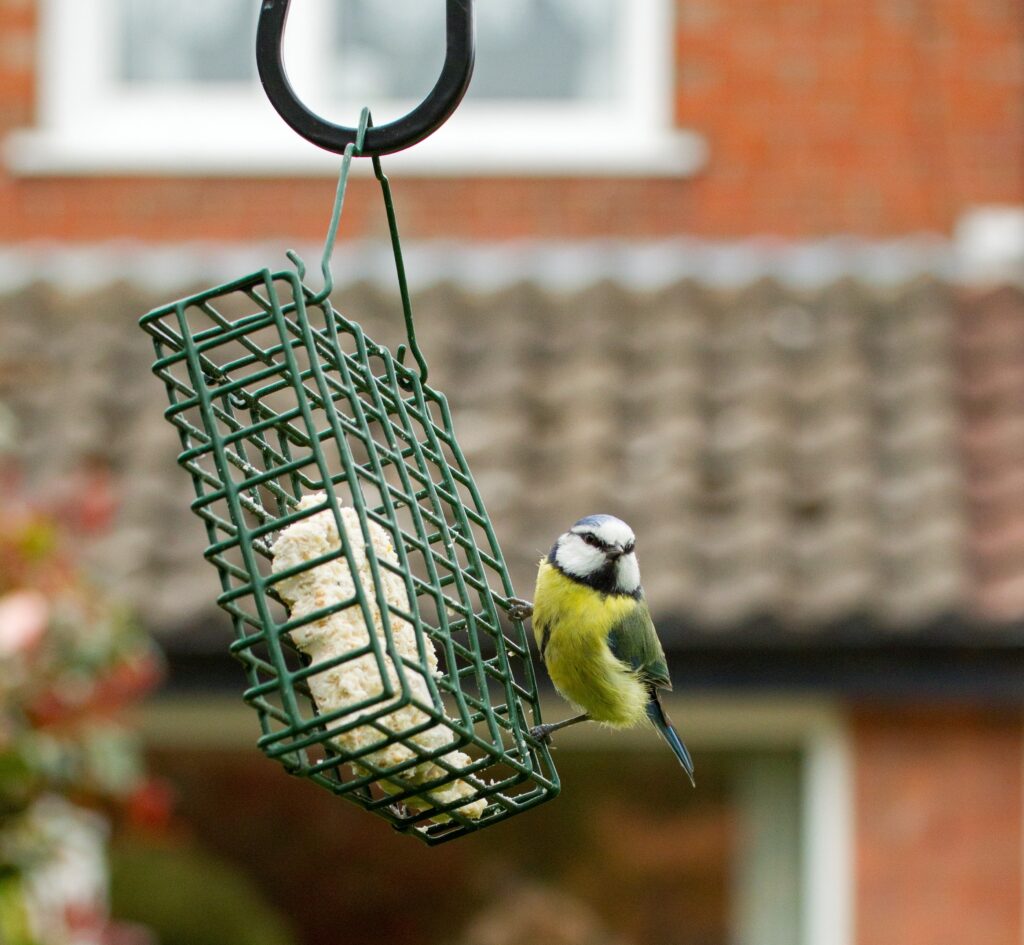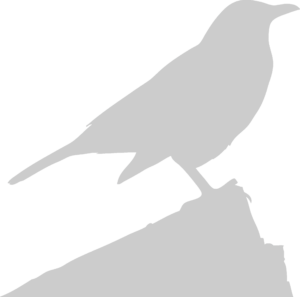Garden birds are some of the most iconic visitors to our local areas. From robins singing in the morning sun to squabbling blue tits and secretive wrens, birds bring a whole host of character to our green spaces. But some of the most common garden bird species are in serious trouble. House sparrow populations have dropped by 71% over the last few years. Bird feeders and nest boxes are a great way of providing a helping hand to our feathered friends.
Things to consider…
- Do some planning first. There are so many different bird boxes and feeders available now, it can be difficult to know where to start! Before you get any feeders, it’s useful to think about what species you’ve seen locally. Once you know which species live in your area, you can get the boxes and feeder that best suit them.
- Different species prefer different things. When it comes to feeders and boxes, different species prefer different things. Some species like blackbirds, dunnocks and wrens prefer to stay on the ground. Some scattered seed is a great way of helping them. Other species like blue tits and goldfinches will quite happily use hanging feeders. Each species also has different needs when it comes to bird boxes. The RSPB have lots of great advice on their website which you can find at the link below.
- Put feeders near some shelter. Birds like to be able to hide quickly so put your feeders near some shelter like a hedge or tree. This gives any birds somewhere to hide if any predators decide to drop in!
- Water is just as important as food! Bird feeders are a great way of helping birds but providing water is just as important! Like most of our garden visitors, birds need to drink and sometimes a wash! A small dish of water or a bird bath is ideal and gives our feathered friends somewhere to have a drink.
- Keep them clean! Bird boxes and feeders can quickly become dirty and in need of a clean. While they don’t need to be sparkling, they do need the occasional wash. This prevents any bacteria, viruses or parasites building up and being spread among local bird populations.
- To clean feeders, shake out any old food that is left in the bottom and give them a wash with some warm water and mild house hold detergent. Make sure to get any mouldy food that has built up in the bottom of the feeder. Birds won’t eat mouldy food but rats will so cleaning your feeders helps prevent attracting unwanted pests!
- To clean bird boxes wait until nesting season has finished in late autumn, normally around October. Check the box isn’t in use first. Once you are sure, remove any old nesting materials left behind. Give the box a gentle wash with warm water and a gentle household detergent. Most boxes now come with removable or hinged lids to make cleaning easier.


Useful links
- The Wildlife Trusts have a helpful guide to feeding garden birds. It covers some useful information and is a good place to start.
- The RSPB also have a very comprehensive guide on bird feeders. It covers the various types of feeder available and species each type attracts. They also have a guide to making your own nest box. The guide includes lots of great info about placing and positioning nest boxes.
- The RSPB also stock a range of bird feeders and seed. The money goes to a great cause so if you need any feeders, it’s worth a look at their online shop.
